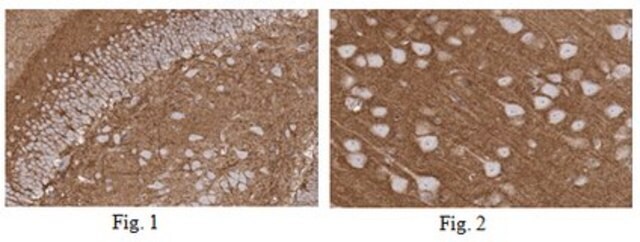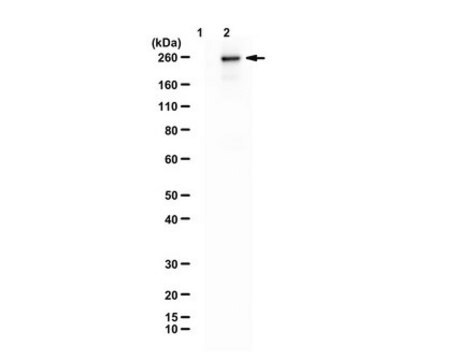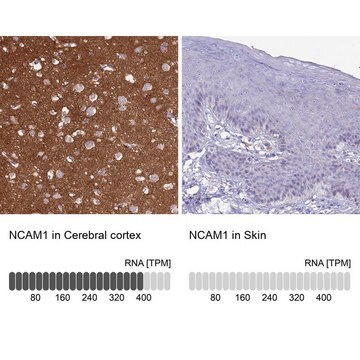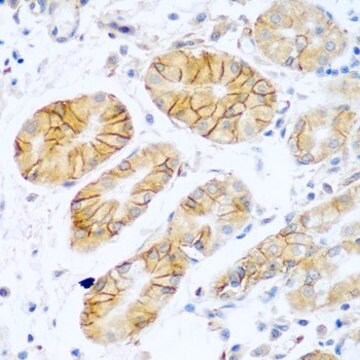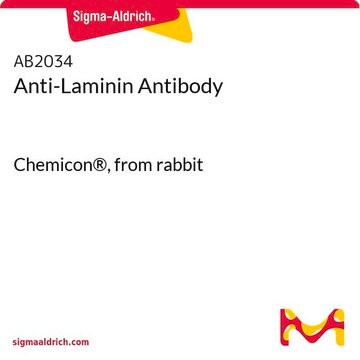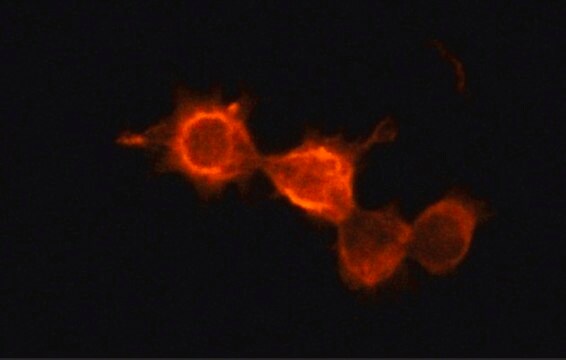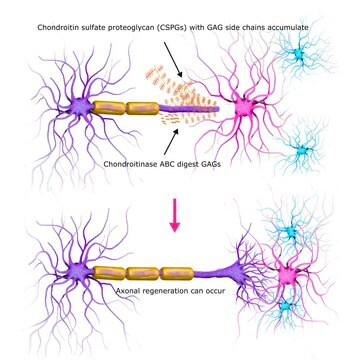おすすめの製品
由来生物
mouse
品質水準
結合体
unconjugated
抗体製品の状態
ascites fluid
抗体製品タイプ
primary antibodies
クローン
NCAM-0B11, monoclonal
分子量
antigen 140-180 kDa
含みます
15 mM sodium azide
化学種の反応性
rat, human
テクニック
immunocytochemistry: suitable using cells and tissues
western blot: 1:100 using a freshly prepared extract from newborn and adult rat brain, or rat cerebral cortex extract
アイソタイプ
IgG1
輸送温度
dry ice
保管温度
−20°C
ターゲットの翻訳後修飾
unmodified
遺伝子情報
human ... NCAM1(4684) , NCAM2(4685)
rat ... Ncam1(24586) , Ncam2(288280)
詳細
免疫原
アプリケーション
Immunofluorescence (1 paper)
Immunohistochemistry (3 papers)
- Immunofluorescence
- Immunohistochemistry
- Immunoblotting
生物化学的/生理学的作用
免責事項
適切な製品が見つかりませんか。
製品選択ツール.をお試しください
保管分類コード
10 - Combustible liquids
WGK
nwg
引火点(°F)
Not applicable
引火点(℃)
Not applicable
適用法令
試験研究用途を考慮した関連法令を主に挙げております。化学物質以外については、一部の情報のみ提供しています。 製品を安全かつ合法的に使用することは、使用者の義務です。最新情報により修正される場合があります。WEBの反映には時間を要することがあるため、適宜SDSをご参照ください。
Jan Code
C9672-BULK:
C9672-.2ML:
C9672-VAR:
C9672-.5ML:
C9672-100UL:
この製品を見ている人はこちらもチェック
ライフサイエンス、有機合成、材料科学、クロマトグラフィー、分析など、あらゆる分野の研究に経験のあるメンバーがおります。.
製品に関するお問い合わせはこちら(テクニカルサービス)